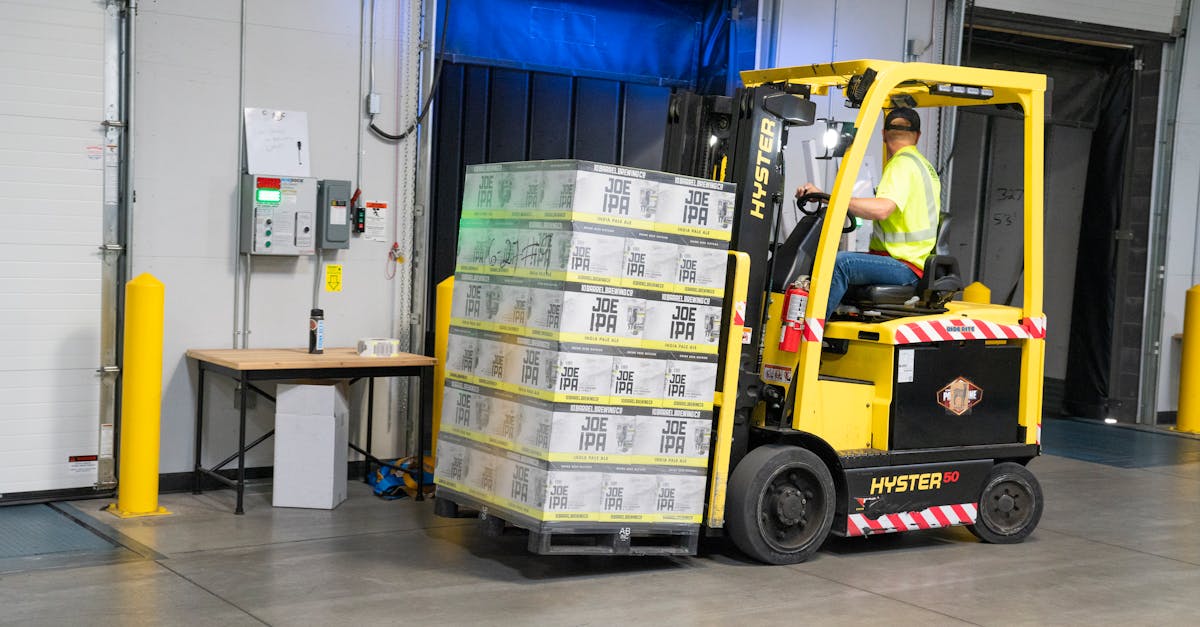
What to do when a customer requests an exchange
Offer Alternative Solutions
When a customer requests an exchange, it is beneficial to quickly assess their needs and preferences. Offering alternative solutions can provide them with options that suit their situation better. This may involve showcasing similar products or suggesting upgrades that align with their original purchase. Understanding the customer’s reason for the exchange can help tailor these alternatives effectively and engage them more positively.
It is also important to ensure that the alternatives offered maintain the integrity of your brand. Promoting items that are on sale or highlighting seasonal products can enhance customer satisfaction. Providing choices not only helps in resolving the immediate issue but may also lead to increased sales and a stronger customer relationship. Each alternative should be presented clearly, allowing the customer to make an informed decision.
Explore Additional Options for the Customer
Finding the right solution for a customer’s exchange request often involves exploring various options. Understanding their needs can lead to alternative products that may better suit their preferences. Offering a selection of similar items can enhance the likelihood of a successful exchange. It may also be beneficial to highlight any promotions or discounts available on these alternatives.
Engaging the customer in a conversation about their reasons for the exchange can provide insights into their priorities. This approach enables staff to recommend products that align more closely with the customer’s expectations. Personalizing the experience can foster a positive relationship and encourage future business. Empowering team members with the skills to suggest these alternatives can significantly improve overall customer satisfaction.
Document the Exchange Transaction
Accurate documentation of the exchange transaction is crucial for maintaining a smooth operation and ensuring customer satisfaction. Record essential information, such as the date of the exchange, the items being exchanged, and the customer's contact details. This information helps track inventory and provides a clear record should any issues arise later. Storing these details in a secure location allows for easy access and reference in future interactions with the customer.
Incorporating a standardized process for documenting exchanges can improve efficiency. Each team member should follow the same steps to ensure consistency and accuracy. Utilize digital systems where possible to streamline documentation and minimize the risk of human error. This organized approach can enhance overall service quality and support effective communication within the team.
Keep Accurate Records for Future Reference
Maintaining accurate records of exchange transactions is essential for any business. This documentation should include details such as the customer’s information, the item being exchanged, and any reasons provided for the exchange. Such records not only assist in monitoring inventory levels but also help identify trends in customer preferences and potential issues with specific products.
Additionally, having a reliable record-keeping system allows for streamlined processes when handling future exchanges. Access to historical data can inform better customer service practices and aid in training staff on common scenarios. The insights gained from past exchanges can enhance overall efficiency and contribute to a smoother experience for both employees and customers.
Train Staff on Exchange Procedures
Training staff on exchange procedures is essential for maintaining a smooth customer experience. Team members should be familiar with company policies regarding exchanges, including time limits, acceptable items, and required documentation. Role-playing different scenarios can help staff members feel more confident in their ability to assist customers effectively.
Clear communication during training sessions ensures that everyone understands the importance of consistent service. Utilizing resources such as handouts, visual aids, and refresher courses can reinforce learning. Regular meetings to discuss any updates on exchange policies will keep staff informed and ready to address customer inquiries efficiently.
Ensure Team Members Are Well-Informed
Having a well-informed team is essential for managing customer exchanges effectively. Staff members should undergo regular training sessions that cover exchange policies, the types of products eligible for exchange, and any seasonal variations that might apply. Knowledgeable employees can provide customers with accurate information and create a positive experience. Additionally, they can confidently handle any inquiries or issues that arise during the exchange process.
Communication is key to ensuring that all team members stay updated on exchange procedures. Regular meetings can help reinforce policies and discuss any recent changes or customer feedback. Providing a FAQ document or a digital reference guide can also serve as a quick resource for staff to access during busy hours. Empowered employees are more likely to address customer concerns efficiently, leading to better customer satisfaction and loyalty.
FAQS
What should I do first when a customer requests an exchange?
Begin by actively listening to the customer's concerns and understanding the reason for the exchange request. This will help you address their needs effectively.
Can I offer alternatives if the item is out of stock?
Yes, you can explore additional options for the customer, such as suggesting similar products or offering store credit, to ensure they leave satisfied.
How important is it to document the exchange transaction?
Documenting the exchange transaction is crucial as it helps maintain accurate records for future reference and protects your business against potential disputes.
What details should I include when documenting an exchange?
Include the customer's information, the original purchase details, the reason for the exchange, and the new item or resolution provided.
How can I ensure my staff is well-informed about exchange procedures?
Regular training sessions and updates can help keep your team members knowledgeable about exchange policies and best practices, ensuring a smooth process for customers.
Related Links
Why clear return guidelines are essential for customer satisfactionWhat to consider when developing a returns policy
10 best practices for handling returns effectively
Roundup of top strategies for improving exchange processes
Review of popular returns management software
Historical overview of returns and exchanges in e-commerce